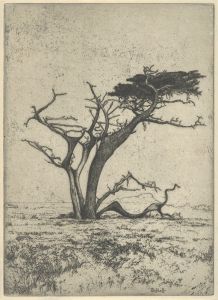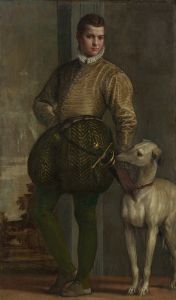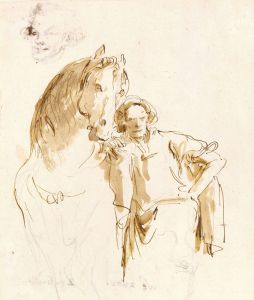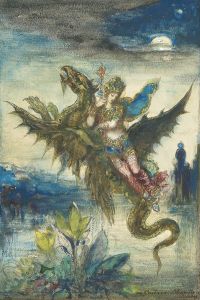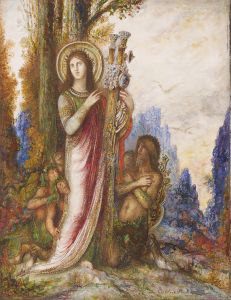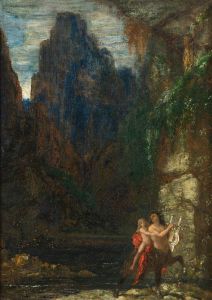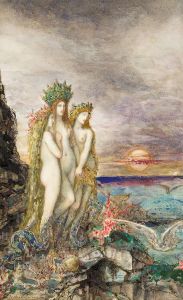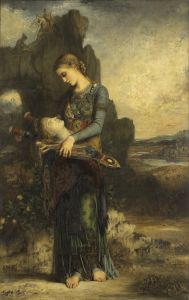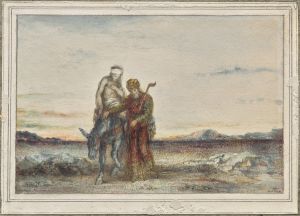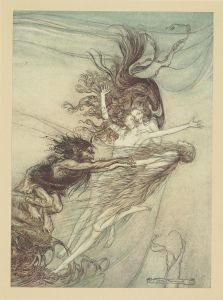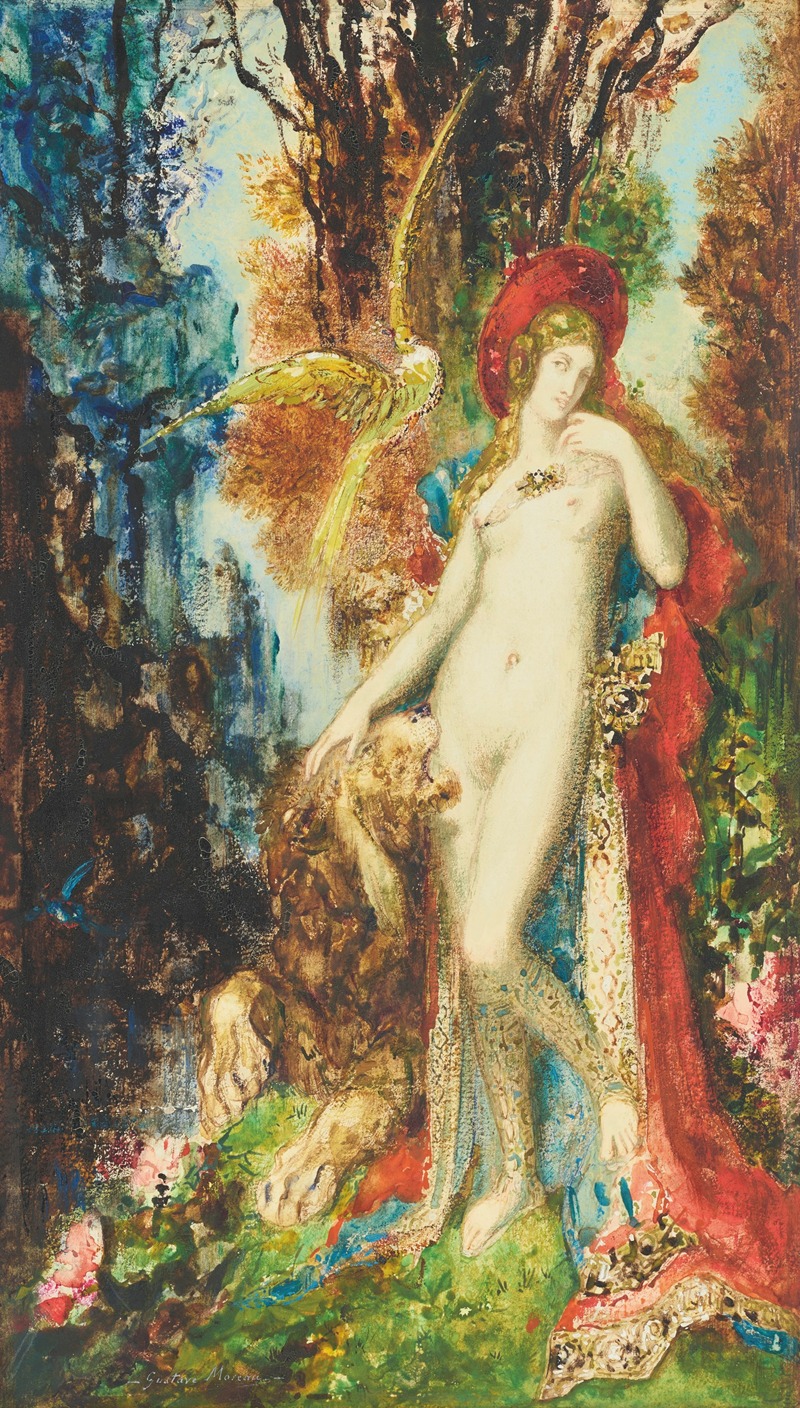
Le lion amoureux
A hand-painted replica of Gustave Moreau’s masterpiece Le lion amoureux, meticulously crafted by professional artists to capture the true essence of the original. Each piece is created with museum-quality canvas and rare mineral pigments, carefully painted by experienced artists with delicate brushstrokes and rich, layered colors to perfectly recreate the texture of the original artwork. Unlike machine-printed reproductions, this hand-painted version brings the painting to life, infused with the artist’s emotions and skill in every stroke. Whether for personal collection or home decoration, it instantly elevates the artistic atmosphere of any space.
Gustave Moreau was a prominent French Symbolist painter known for his intricate and imaginative works that often drew on mythological and biblical themes. One of his lesser-known works is "Le lion amoureux" (The Amorous Lion), which reflects Moreau's fascination with allegory and symbolism.
"Le lion amoureux" is a painting that exemplifies Moreau's unique style, characterized by its rich detail, vibrant colors, and complex iconography. Although specific details about the creation date and the current location of the painting are not widely documented, the work is consistent with Moreau's broader artistic themes and techniques.
The painting depicts a lion, a creature often associated with strength and nobility, in a state of affection or longing. This theme of a powerful beast subdued by love is a recurring motif in literature and art, symbolizing the transformative power of love and its ability to tame even the wildest of hearts. Moreau's interpretation of this theme is likely influenced by his interest in classical mythology and literature, where such allegories are prevalent.
Moreau's use of color and texture in "Le lion amoureux" is typical of his style, which often includes jewel-like tones and intricate patterns. His attention to detail and the ethereal quality of his work invite viewers to explore the deeper meanings and emotions conveyed through his art. The painting's composition likely includes elements that draw the viewer's eye to the central figure of the lion, surrounded by a landscape or setting that enhances the narrative of love and transformation.
As with many of Moreau's works, "Le lion amoureux" can be interpreted on multiple levels. On one hand, it may be seen as a straightforward depiction of a lion in love, while on the other, it could be viewed as a metaphor for the human condition, exploring themes of desire, vulnerability, and the duality of strength and tenderness. Moreau's ability to weave complex narratives into his paintings is a hallmark of his contribution to the Symbolist movement, which sought to express ideas and emotions beyond the literal representation of subjects.
Gustave Moreau's influence on the art world extends beyond his own works, as he was also a teacher to several notable artists, including Henri Matisse and Georges Rouault. His emphasis on imagination and the symbolic use of imagery left a lasting impact on his students and the broader art community.
In summary, "Le lion amoureux" by Gustave Moreau is a testament to the artist's skill in blending mythological themes with rich symbolism and intricate detail. While specific details about the painting's provenance may be limited, its thematic depth and artistic execution continue to resonate with audiences, reflecting Moreau's enduring legacy in the world of art.






